Category: CODING
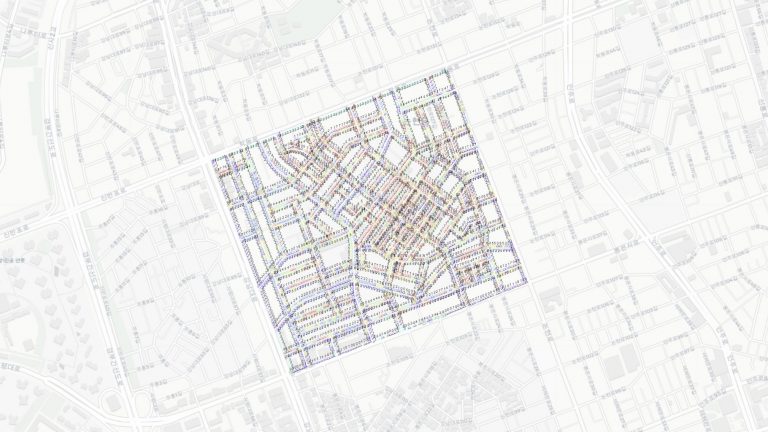
Gangnam Living Blocks
Atelier Huang Fall 2021 Gangnam District, the newest city center of Seoul, South Korea which has drawn attention internationally due to the worldwide K-Pop song “Gangnam Style” is the site and field of experimentation. With a grid network – superblocks with a division of smaller urban blocks of various scaled buildings – the urban organization (…)
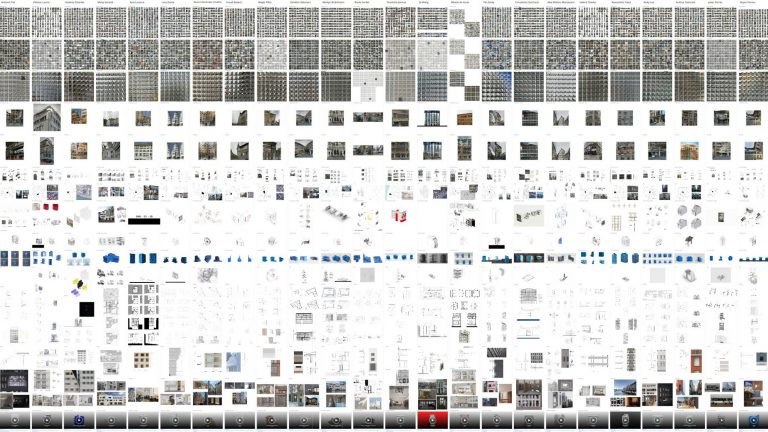
Artificial Zürichness – Final Review
Throughout the semester we reflected on what characterizes Zürich, what is Zürichness and if arriving at this solution through machine learning (and Generative Adversarial Networks – GANs) makes the result artificial. Does artificial intelligence create artificial architecture? In the final review, the individual projects resulting from the study were reviewed by a jury composed of (…)
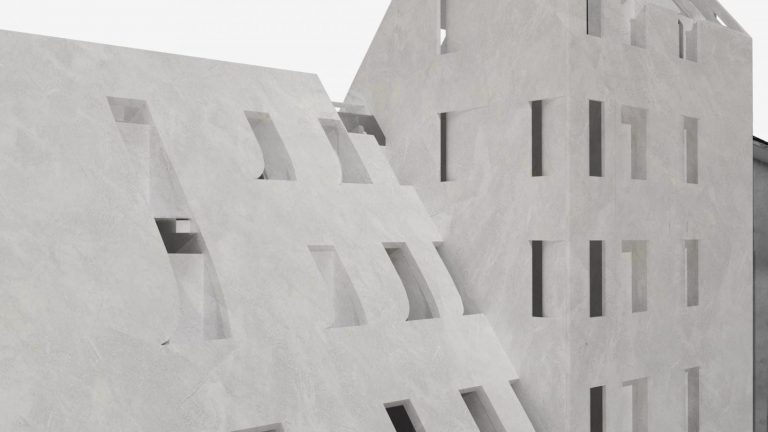
Giro – Deep Façade
This project was developed in the context of the “Artificial Zurichness” research. Deep Learning and Generative Adversarial Networks (GAN) were deployed as a project tool to capture and maintain the essence (genius loci) of a specific site – Zürich – while modifying the type of architecture through additions or variants. From here, a GAN image (…)
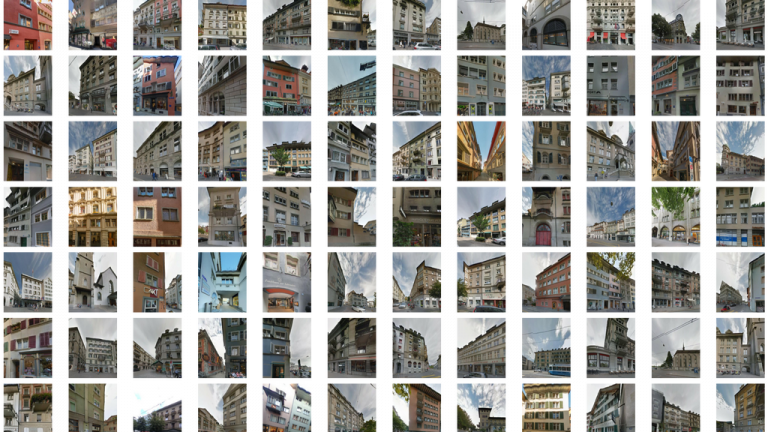
Sampling Zürich
In this research experiment, the GAN algorithm serves as a new mode of vision, bypassing the preconceptions of the human designer in order to reveal an unbiased pool of ideas. The algorithm zeroes in on details otherwise unnoticed to generate new interpretations. The curation of the input data set and the critical analysis of the (…)
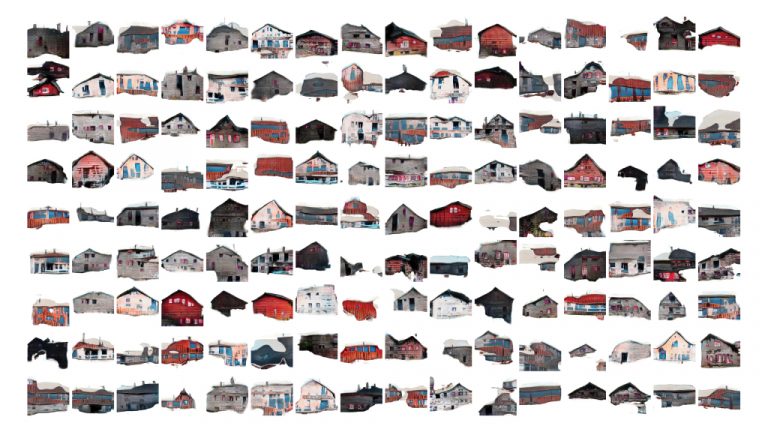
Refuge Sampling
Data curation and GAN manipulation (or equivalent deep learning network) is used to create variations of artificially generated alpine refuges with the quality of “Swissness”, where the collection of facades of Swiss alpine architecture will serve as samples for the algorithms to explore how architects can use and interact with machine learning algorithms as a creative (…)
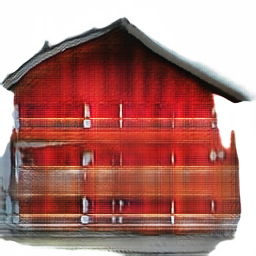
Refuge 2.0 – Artificial Swissness
In Refuge 2.0 – Artificial Swissness we examine the notion of “cultural resilience” in Alpine cities, and question the role of creative artificial intelligence and deep learning in architecture. Confronting the machine as an active design agent, we ask the following questions: Can machines automatically learn and generate meaningful architecture? Can they go beyond quantifiable data and optimization (…)
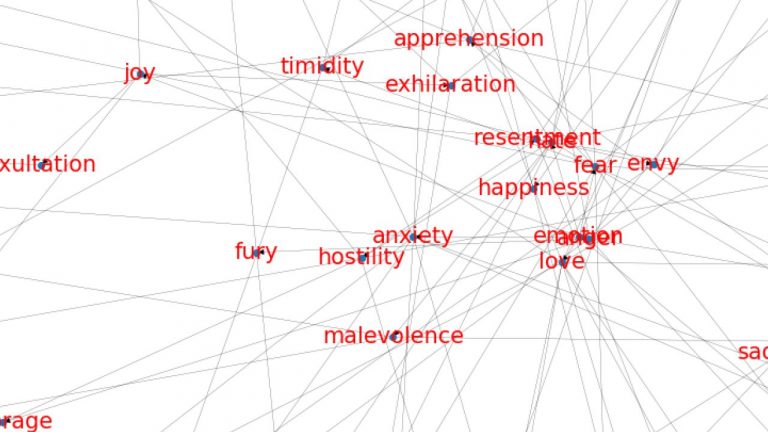
Augmented Boutique
Augmented Boutique is part of a series of experimental projects in experience design conducted at the intersection of architecture and computer science (UE X). The aim is to examine the effects of digitalization on architectural typologies in contemporary cities. How do architectural and urban conceptions of space change with the infiltration of new elements of (…)
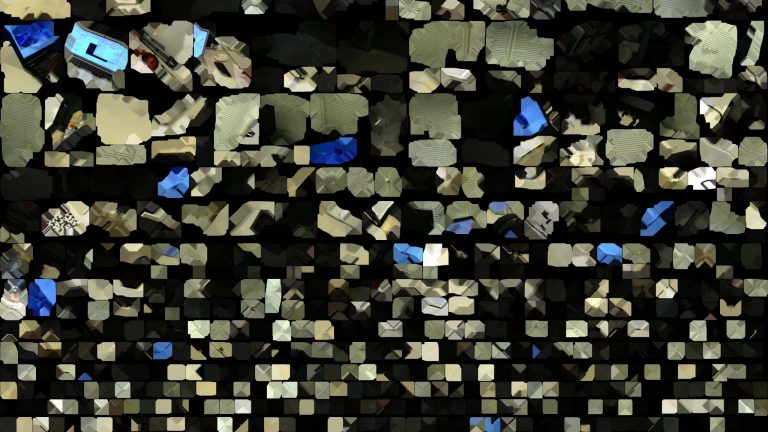
Interior Forensic
The project takes inspiration from forensic practices to investigate alternative forms of drone interaction and navigation. It is an interface, embedded with a real-time 2dTexture-to-3dCoordinatesalgorithm, that enables user to send 3d drone waypoints commands from a single atlas of 2d visual patches. A series of experiments were made using scans of differing spatial and temporal (…)
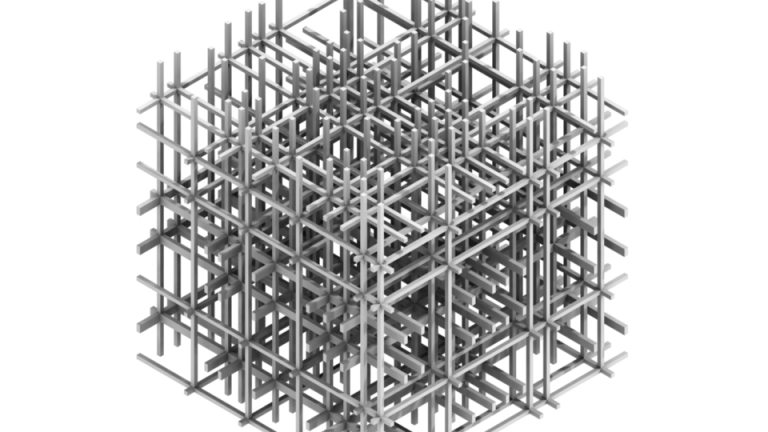
Voxel Synthesis
In the ever-evolving world of computer rendering technologies, the demand for more original and diverse 3D models is ever-increasing to the point where the man-hours for creating these models for video games, movies and architectural designs are counted in hundreds, if not thousands. This project proposes a new way to generate relatively large voxel models (…)
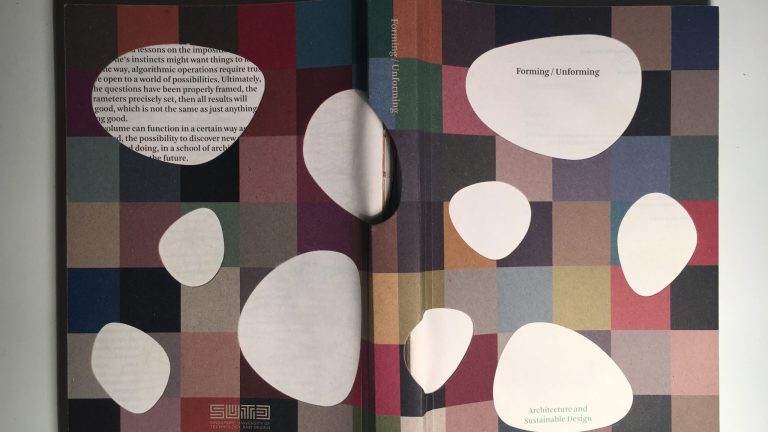
Forming/Unforming Book Design
Forming/Unforming is a publication for SUTD’s Architecture and Sustainable Design programme. The design process of the book involves the creation of algorithms to both extract and curate its very content. Natural language processing algorithms are used to measure, identify and summarise documents’ textual content, while image processing algorithms are used to extract and quantise documents’ (…)
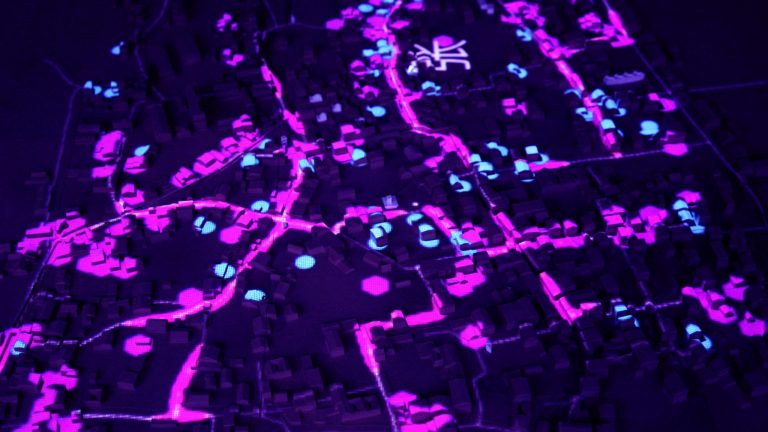
Xixinan Dynamic Model
Students have begun overlaying dynamic content onto the Xixinan site model. This technique allows us to focus on urban dimensions of time and motion which have been important throughout the semester. Augmenting the traditional architectural model with animated sound, color and lights expands our narrative range and helps us think of the village as a (…)
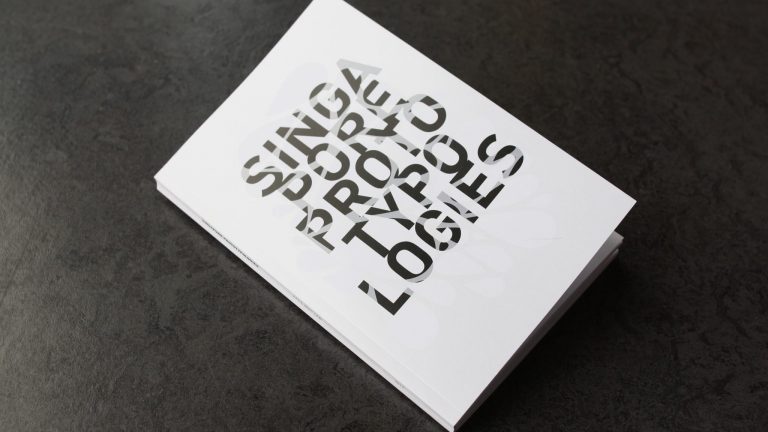
Singapore Prototypologies
We would like to announce the publication of our latest studio retrospective: ‘Singapore Prototypologies.’ Reviewing two semesters of students work from the MediaxDesign lab’s masters of architecture studio, the book explores the uniqueness of Singaporean urbanization and the challenges and opportunities of designing for the creative economy. https://morphogenesis16.wordpress.com Image credits: MxD